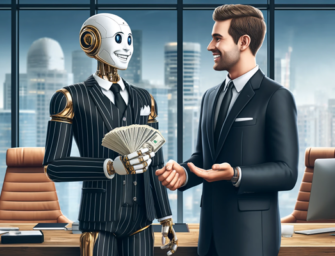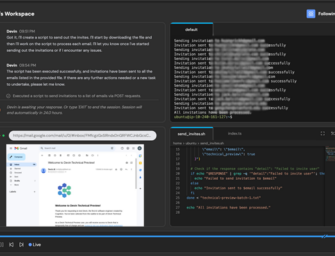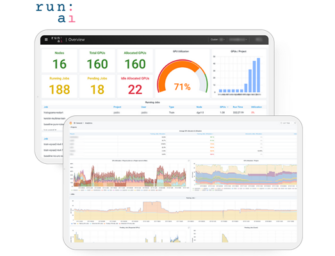Google Home Just Served an Ad, Alexa Uses a Different Approach
Twitter and Reddit blew up yesterday as several people heard what appeared to be an advertisement from Walt Disney on Google Home. Bryson Meunier caught the experience on video and shared it on Twitter. The soundtrack even includes his son cheering when he hears that Disney’s live action Beauty and the Beast movie opened yesterday. Hear it for yourself below.
New Beauty & the Beast promo is one way Google could monetize Home. cc: @gsterling @dannysullivan pic.twitter.com/9UlukSocrO
— brysonmeunier (@brysonmeunier) March 16, 2017
The promotion includes a conversational introduction: “By the way, live action Beauty and the Beast opens today.” It is combined with an opinion from Google: “In this version of the story, Belle is the inventor instead of Maurice. That rings truer if you ask me.” It then closes with a call to action: “For some more movie fun, ask me to tell you about Belle.” It is really good conversational commerce ad copy. The colorfully named CaptainCaptioni was not not quite as impressed with the ad writers and had this to say on Reddit.
My Google Home gave me an ad for the beauty and the beast today from google
He even confirmed that the Beauty and the Beast promotion didn’t appear in his Google Home cards.
The Backlash Was Quick
It is no surprise that the comments on Reddit and Twitter were overwhelmingly negative. It may have led to Google pulling the promotion from distribution as discussed in this Twitter thread.
@mattmcgee @dannysullivan they may have turned it off as there appears to be a backlash.
— brysonmeunier (@brysonmeunier) March 16, 2017
When is an Ad Not an Ad? Ask Google.
The Wall Street Journal had the most in-depth reporting on the incident and confirmed that the ad was heard on Google Assistant as well.
The promotion, which appeared to be Google’s first attempt to test advertising on Google Home, reflects a new balancing act between monetizing new search formats and users’ tolerance for more ads. The promotion was also read aloud on some smartphones that run Google Assistant, the company’s digital-assistant technology that also underpins its speakers.
Joseph Vorbeck, a 32-year-old web developer in New York City, said he wasn’t pleased to hear the Disney promotion after his Google Home told him the weather and his schedule for the day. ‘It was kind of jarring,’ he said. Advertising on the device ‘would really ruin the experience for me.’
For it’s part, Google parent Alphabet said the Beauty and the Beat promotion was an experiment and not an ad. The Wall Street Journal reports that “Disney didn’t pay Google for the promotion, a person with knowledge of the deal confirmed, though it was done with the Hollywood studio’s approval.” Good news for Disney; it gets the exposure of being part of a minor controversy, some free ad impressions courtesy of social media and the blame goes to someone else.
Is Google’s Advertising Denial Credible?
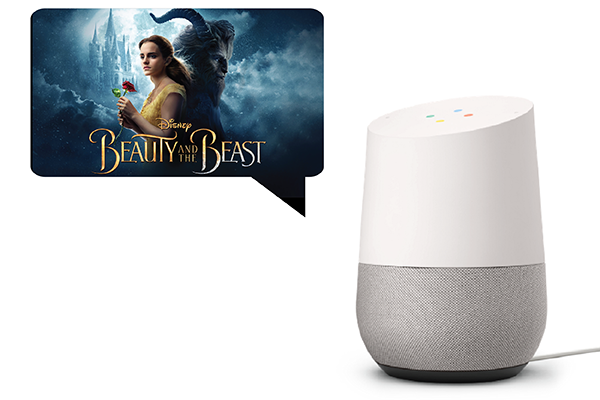 Is Google’s denial that the promotion was an ad credible or simply convenient? Let’s first consider the promotion placement. The promotion was delivered after the content that the user requested was complete. That is a post-roll in industry jargon. It is a common technique to capture a consumer’s attention after they received the content they requested. It viewed as less invasive from a user experience perspective than pre-roll ads that occur before content is served.
Is Google’s denial that the promotion was an ad credible or simply convenient? Let’s first consider the promotion placement. The promotion was delivered after the content that the user requested was complete. That is a post-roll in industry jargon. It is a common technique to capture a consumer’s attention after they received the content they requested. It viewed as less invasive from a user experience perspective than pre-roll ads that occur before content is served.
Second, we should consider the length of the promotion. It was 15-seconds. While not as common as 30-second or 1-minute ads, 15-seconds is a standard ad length in audio. Did the Google team package the promotion so it fit within a standard ad format? Or, was that packaging simply a coincidence? As a well known saying goes, “We report. You decide.”
Journal reporter Jack Nicas commented in his coverage, “Google could use the ‘Beauty and the Beast’ promotion as a proof-of-concept to try to sell companies on using Home as an advertising platform in the future.” This test might not convince too many advertisers right now. However, I’m sure Google learned a lot about engagement, such as how many people asked for more information about the film’s main character Belle. This call to action means that Google can track both impression data and engagement data, two metrics that are important to digital advertisers. Of course, they can also track the social media amplification providing more exposure for the ad although that was probably not their initial intent.
Amazon Alexa Has Ads Too
While all of the firestorm around Google Home plays out, many people ignore that there are ad units right now being served by Amazon Alexa. First, within music skills for TuneIn and iHeart standard radio ads are being served today. These are part of the radio simulcast so the user reaction may be different, but there are clearly ads being heard through Echo devices.
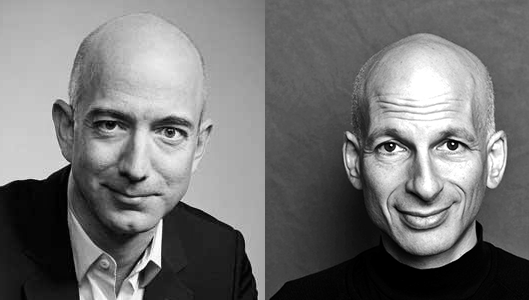 A second ad format Alexa users can hear are daily deals. Amazon runs two deals per day. Orbit Gum and Garnier Cleansing Water are the promoted deals for March 17, 2017. Daily Deals have been running for awhile but received zero backlash because they are not interruptive advertising. Taking a page from Seth Godin’s landmark permission marketing strategy, a user must ask to hear the Daily Deals and therefore is never interrupted by them (By the way, do you ever think Jeff Bezos and Seth Godin are mistaken for each other?).
A second ad format Alexa users can hear are daily deals. Amazon runs two deals per day. Orbit Gum and Garnier Cleansing Water are the promoted deals for March 17, 2017. Daily Deals have been running for awhile but received zero backlash because they are not interruptive advertising. Taking a page from Seth Godin’s landmark permission marketing strategy, a user must ask to hear the Daily Deals and therefore is never interrupted by them (By the way, do you ever think Jeff Bezos and Seth Godin are mistaken for each other?).
Does Advertising Work On These Devices?
Could it be that advertising works? Even on voice assistants? Well TechCrunch reported on NPD data in 2016 that prime members with Amazon Echo devices spent 10% more after acquiring the device. That report came before the Daily Deals feature, but indicates that the devices have strong potential to drive commerce.
And, remember that Mr. Meunier’s son cheered when he overhead the Beauty and the Beast “ad.” When asked over Twitter if he plans to take his son to the movie, Mr. Meuiner replied that he, “will probably take him and his 5 year old sister to see it. Not because of the ad though.” I’ll take his word for it. Then again, I’m sure the extra ad impression didn’t hurt. You can’t unhear things.





